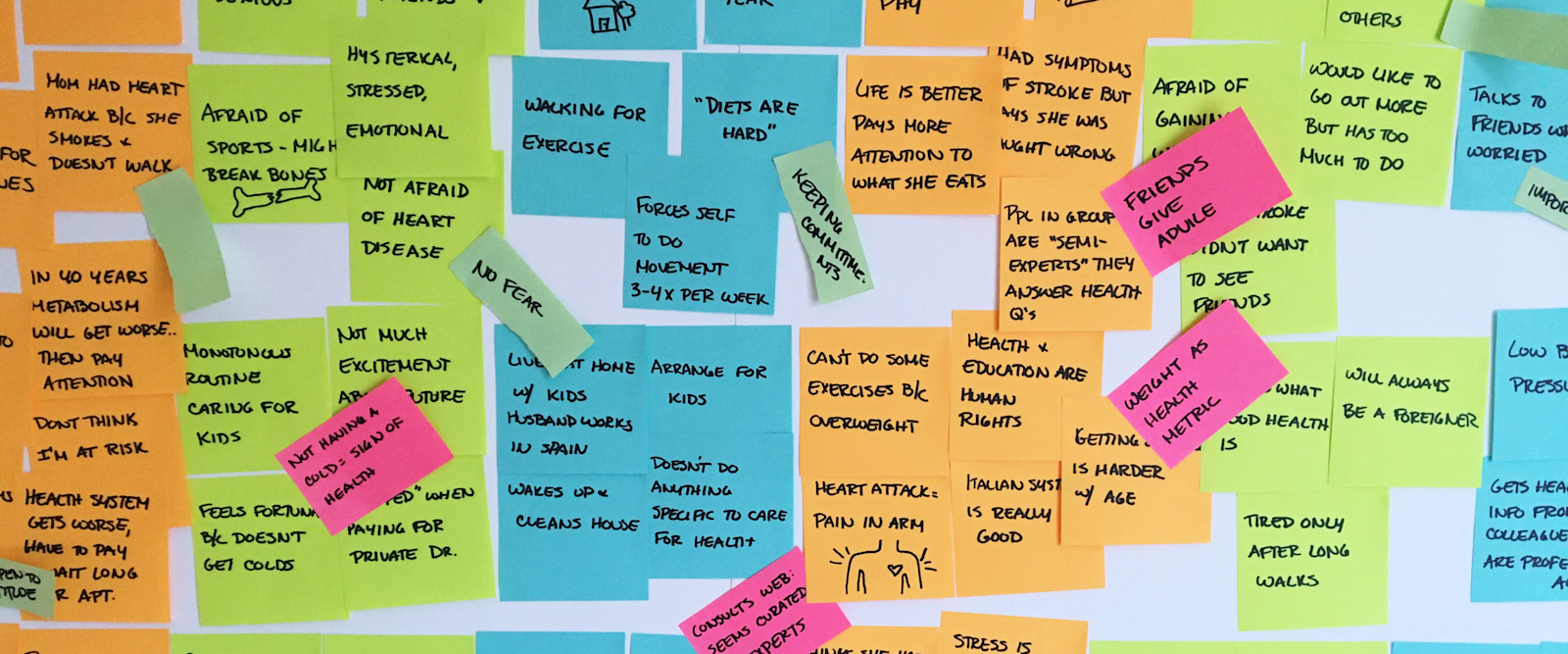
IMPROVING THE HEART HEALTH OF WOMEN IN ITALY
Applying user centered design to improve the heart health of Italian women in a future where access to the medical system will be limited and the access points may be drastically changed.
In Italy, cardiovascular diseases are the number one cause of death. Historically, Italy has always had famously low rates of CVD. However, in recent years these numbers have been steadily rising. Especially women, particularly low-educated women, are at a higher risk than their male or well educated counterparts. To combat this problem, we dug deep into the mindsets of Italian women, their societal landscape, and their medical system to unearth opportunities to improve understanding of CVD and access to care among the most vulnerable.
Role
Service Designer Design Manager
I worked in a team of 4 international student designers as part of the Service Design Challenge organized by Philips, IBM, and Service Design Days.
Outcome
The research was completed in 2020 and informed a business concept called Cura, a heart health support community for women, that was submitted to the Service Design Challenge
Project Type
Service Design Design Strategy Design Research
UNDERSTANDING THE CARDIOVASCULAR DISEASE LANDSCAPE
Italy has a nationally funded healthcare system that is generally very well regarded and has even been used as a model for other governments around the world. In order to understand how women were currently being treated for cardiovascular diseases, we learned more about how doctors and patients individually experienced the system. In addition to this, we researched the CVD landscape both in Italy and around the world to understand the causes, treatments, new developments, trends, and common knowledge around health in general.
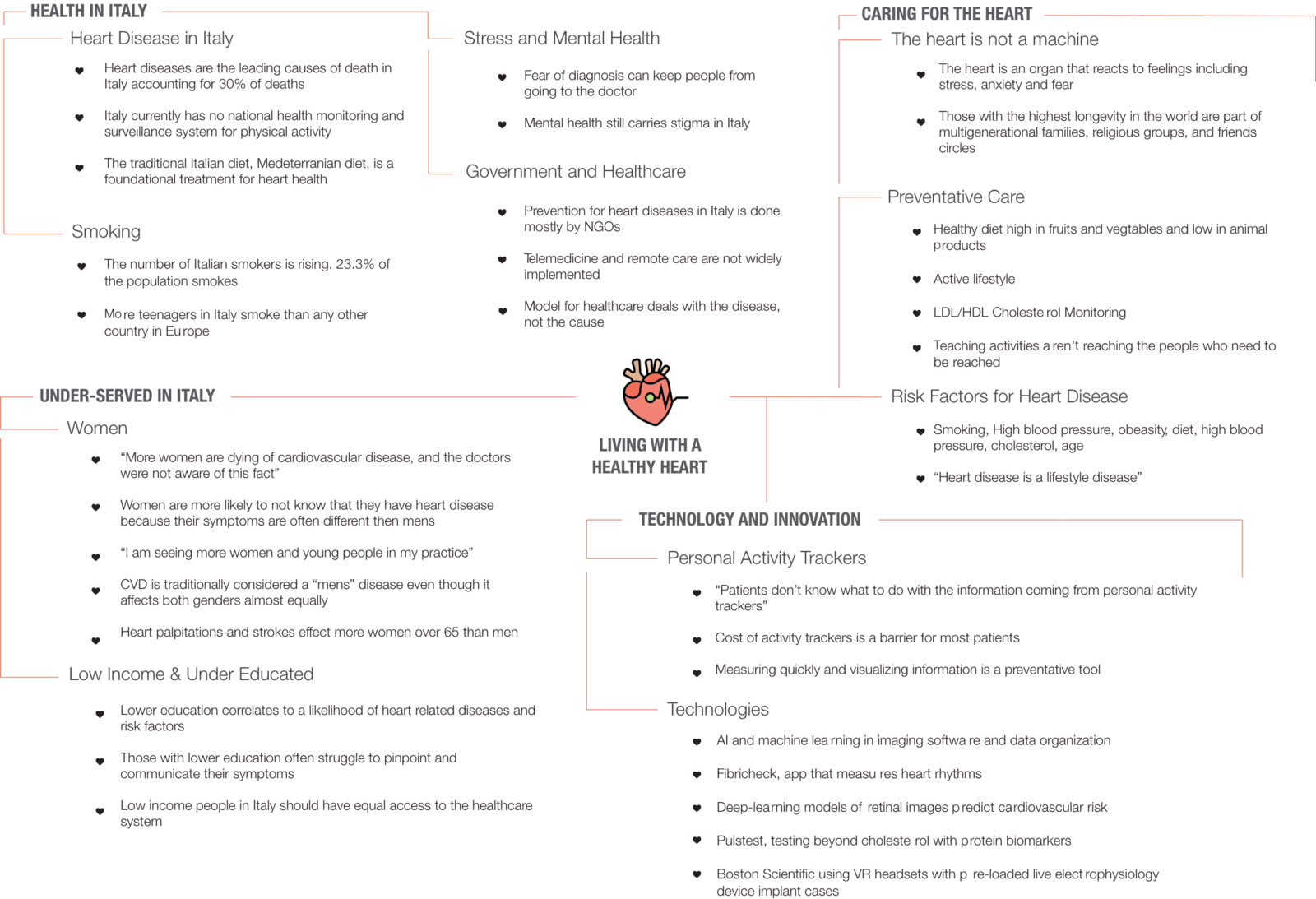
Heart disease is a traditionally thought of as a “men’s disease” and many women are not aware that it is the #1 cause of death for women (and men) around the world.
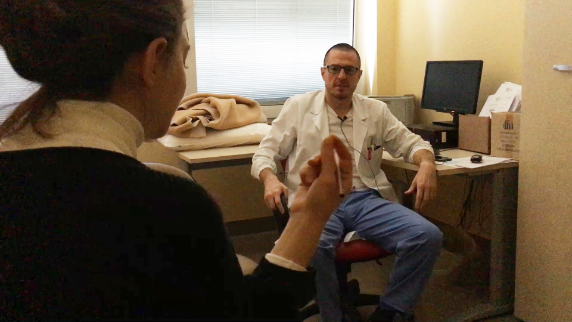
FINDING OPPORTUNITIES TO IMPROVE CARE
With the problem around cardiovascular disease beginning to take shape on a large scale, the team focused their efforts to understand women in Italy. Specifically focusing on low-educated women, who form one of the highest risk groups, we set out to perform a series of interviews and cultural probes. At this point in the project, the COVID19 outbreak was quickly spreading in Northern Italy. As a result, much of our research was done digitally, and the national focus on health became an important touchpoint in our research going forward.
In addition to interviewing individuals, we performed cultural probes where we asked women to send us snapshots of their daily life such as their kitchens and their medicine cabinets [Fig 3]. In total we performed 21 interviews and garnered insights from an additional 62 participants.
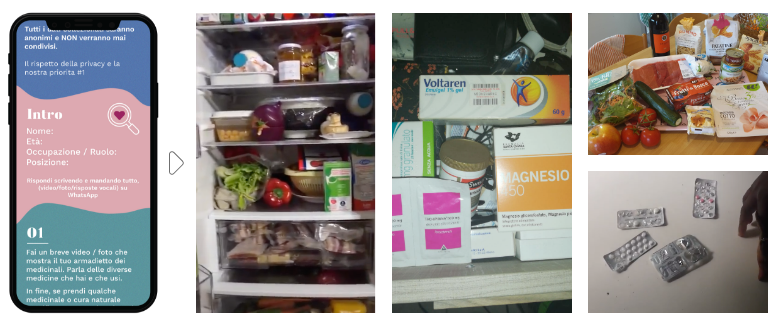
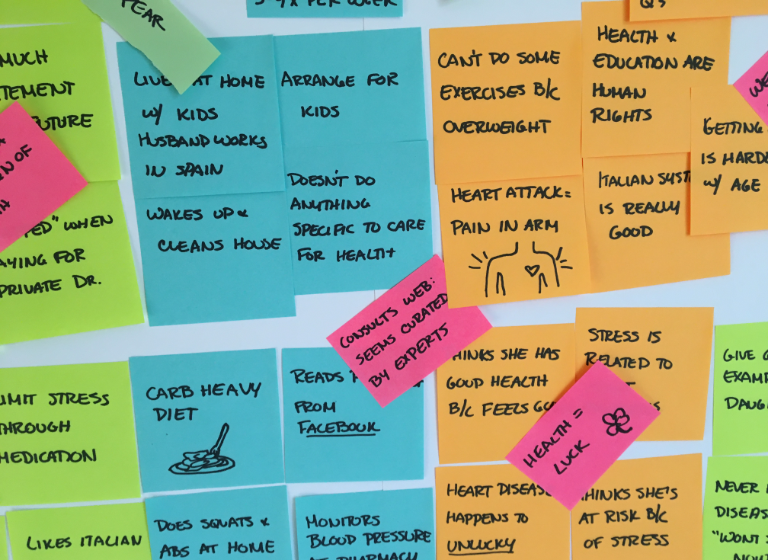
SYNTHESIZING FINDINGS INTO INSIGHTS
The data from the desktop research, interviews, surveys, and cultural probes was organized into personas and an experience map. Because CVD is a lifestyle disease, the map needed to cover a specific time point in a woman’s experience with health. We decided to focus on the apex point between when a woman starts to have symptoms to when she forms new habits. This point was identified because it brings an important moment of awareness followed by a determination to take action. This self-motivated push at a critical point in the process opens up a moment for design to make a bigger impact.

From the experience map, gaps and opportunities were highlighted and combined with any additional themes from the research and joined into key issues, explored as “issue cards,” which are used as tools to prompt discussions in the following phases.

PERSONAL LEARNINGS
During this project I learned to deeply understand the importance of having a diverse design team. Our international team brought so many different skills and perspectives. In the end it made our research much stronger.
I gained a lot of experience sorting through mounds of research to highlight and communicate the most important insights. One of the most difficult parts of this project was creating a logical narrative from so much data.